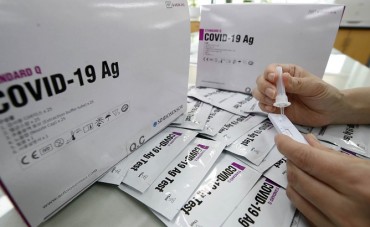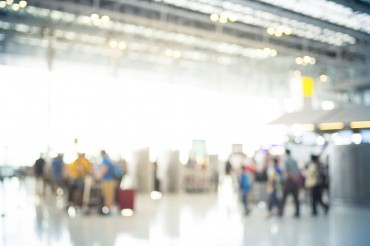SEOUL, Oct. 12 (Korea Bizwire) – The cost of English kindergartens is rising rapidly in South Korea. According to data from the Ministry of Education, the average monthly fee for these programs increased to 1.29 million won this year (as of June), up from 1.07 million won in 2021 and 1.14 million won in 2022.
By region, Sejong had the highest English kindergarten cost at 1.73 million won per month, followed by Chungnam (1.45 million won), Seoul (1.41 million won), and Incheon (1.42 million won). These numbers are for schools that offer classes for at least four hours a day, five days a week. It’s important to remember that these costs don’t include materials, meals, and transportation, so the actual expense for parents is likely even higher.
An English language school in Gangnam, Seoul, charges 1.31 million won for a month’s tuition for a Korean 7-year-old (typically aged 5 or 6). When you add materials, transportation, and meals, it goes up to 1.68 million won. These schools are often known as “play-style” academies, where children learn actively through play rather than sitting at a desk. They teach subjects like math, science, and other essential topics.
Another private academy in Gangnam mentioned that the cost for two months of tuition is in the low 3 million won range, and parents need to pay an extra 300,000 won per month for food, materials, and other expenses. On top of the monthly fees, there’s also an entrance fee of 400,000 to 500,000 won to enroll in these schools.
Despite a decrease in the school-age population due to a declining birthrate, the number of English cram schools for young children has been steadily rising due to the demand for early childhood private education. As of June of this year, there were 840 English language schools for toddlers, about 1.5 times more than in 2018 (562).
The majority of these schools were in Seoul (289) and Gyeonggi (221), followed by Busan (73), Daegu (41), and Incheon (33). The number of students attending these English hagwons for toddlers was 41,486 as of the end of March this year, with Seoul (17,193) and Gyeonggi (10,756) accounting for more than half, or 67.4 percent.
High private education costs are often seen as a major factor contributing to the low birthrate.
M. H. Lee (mhlee@koreabizwire.com)







